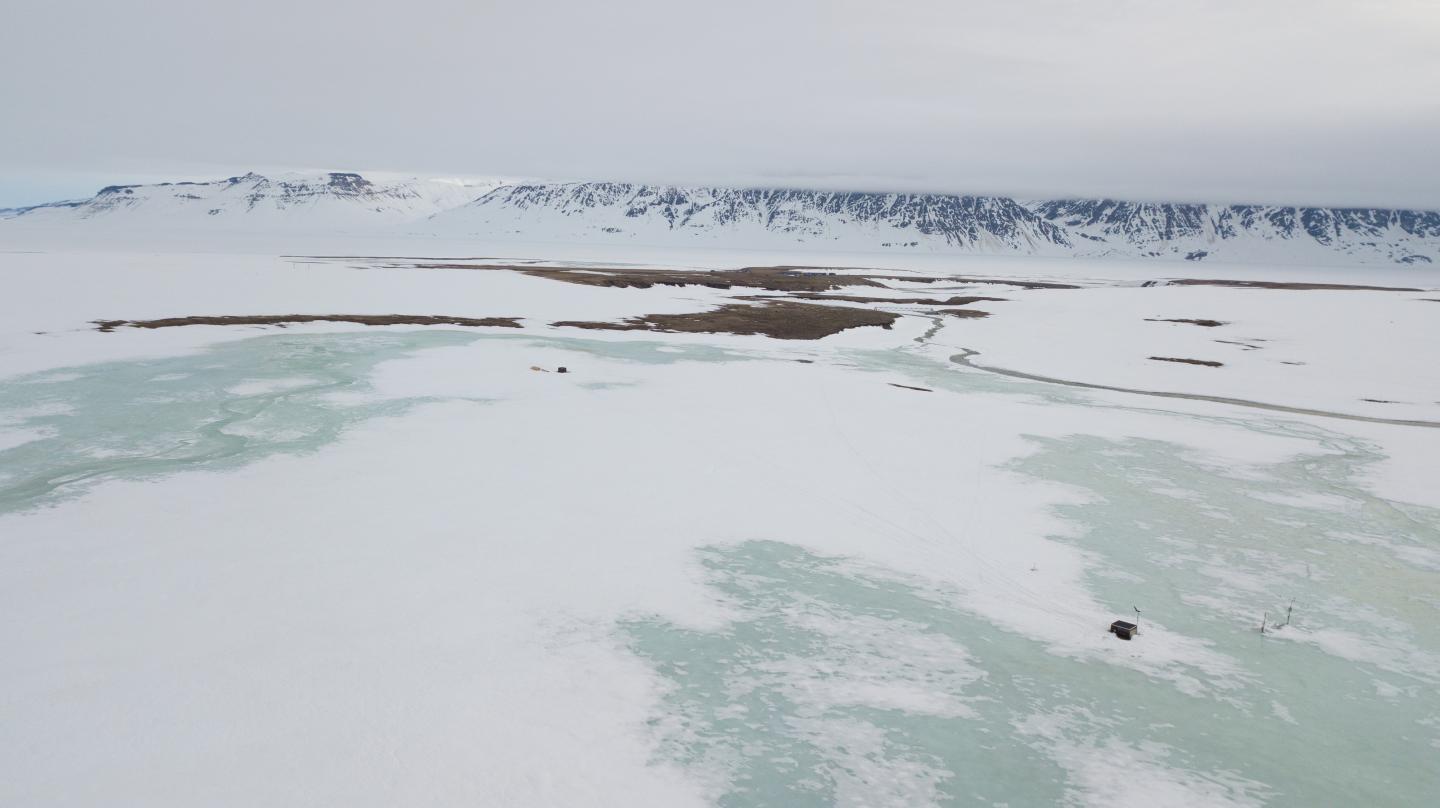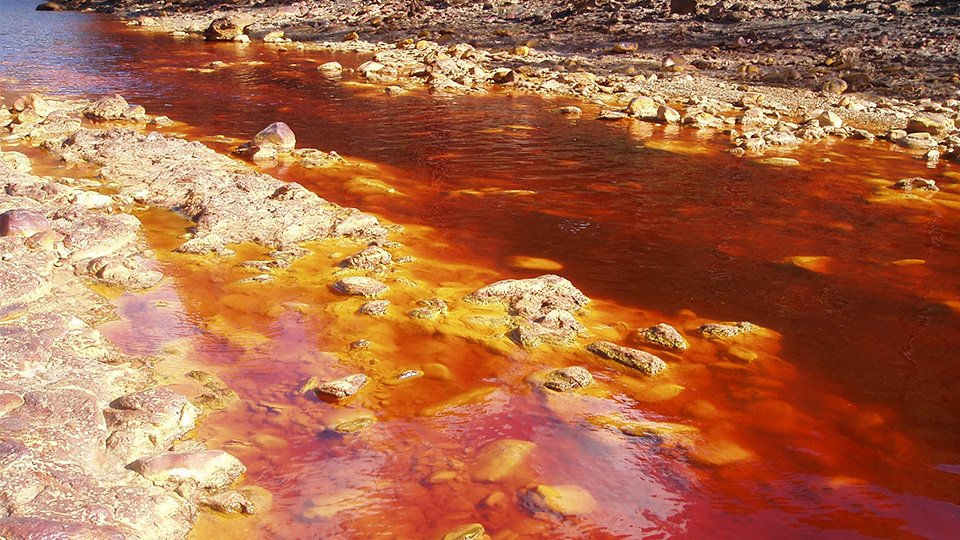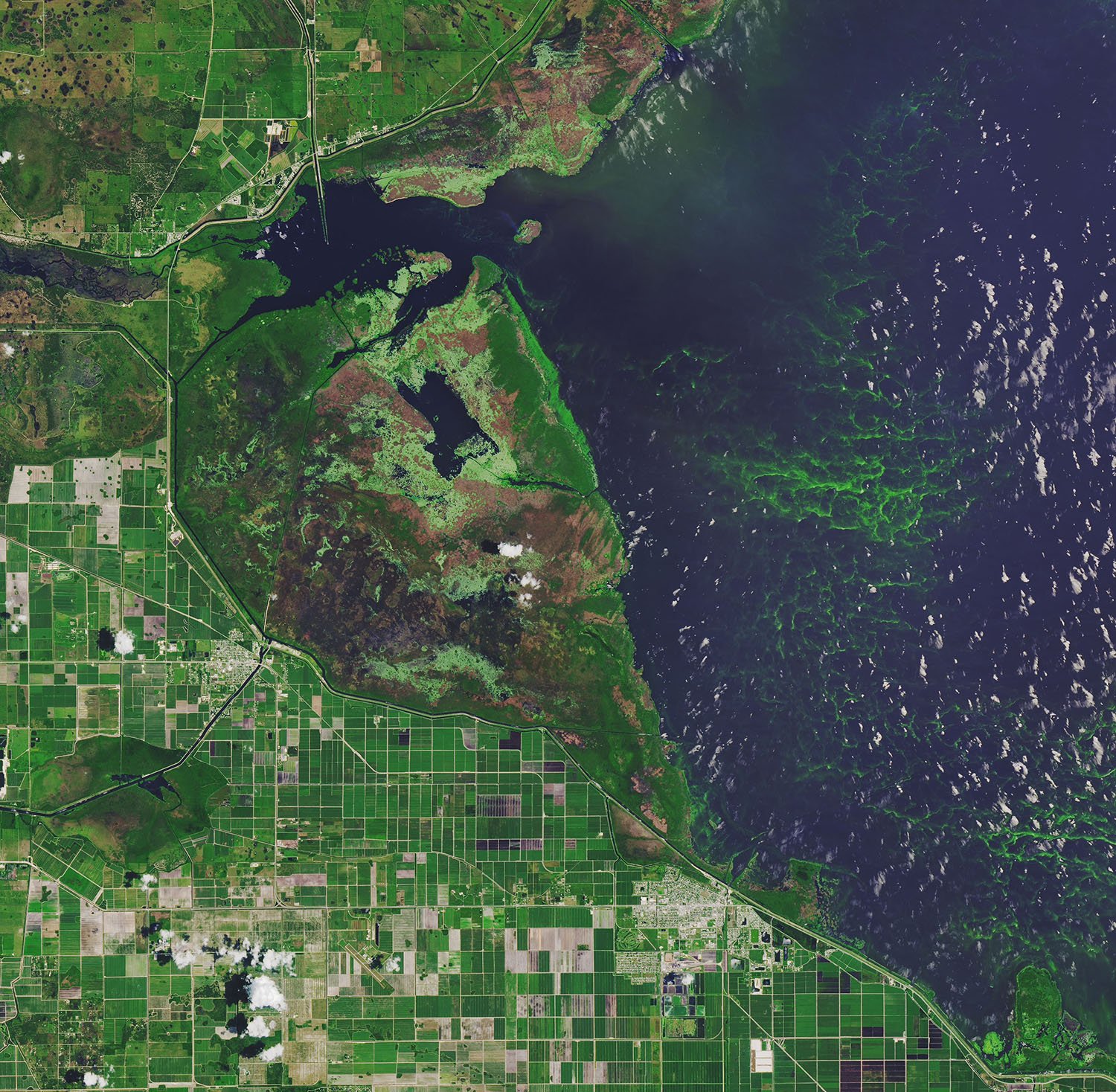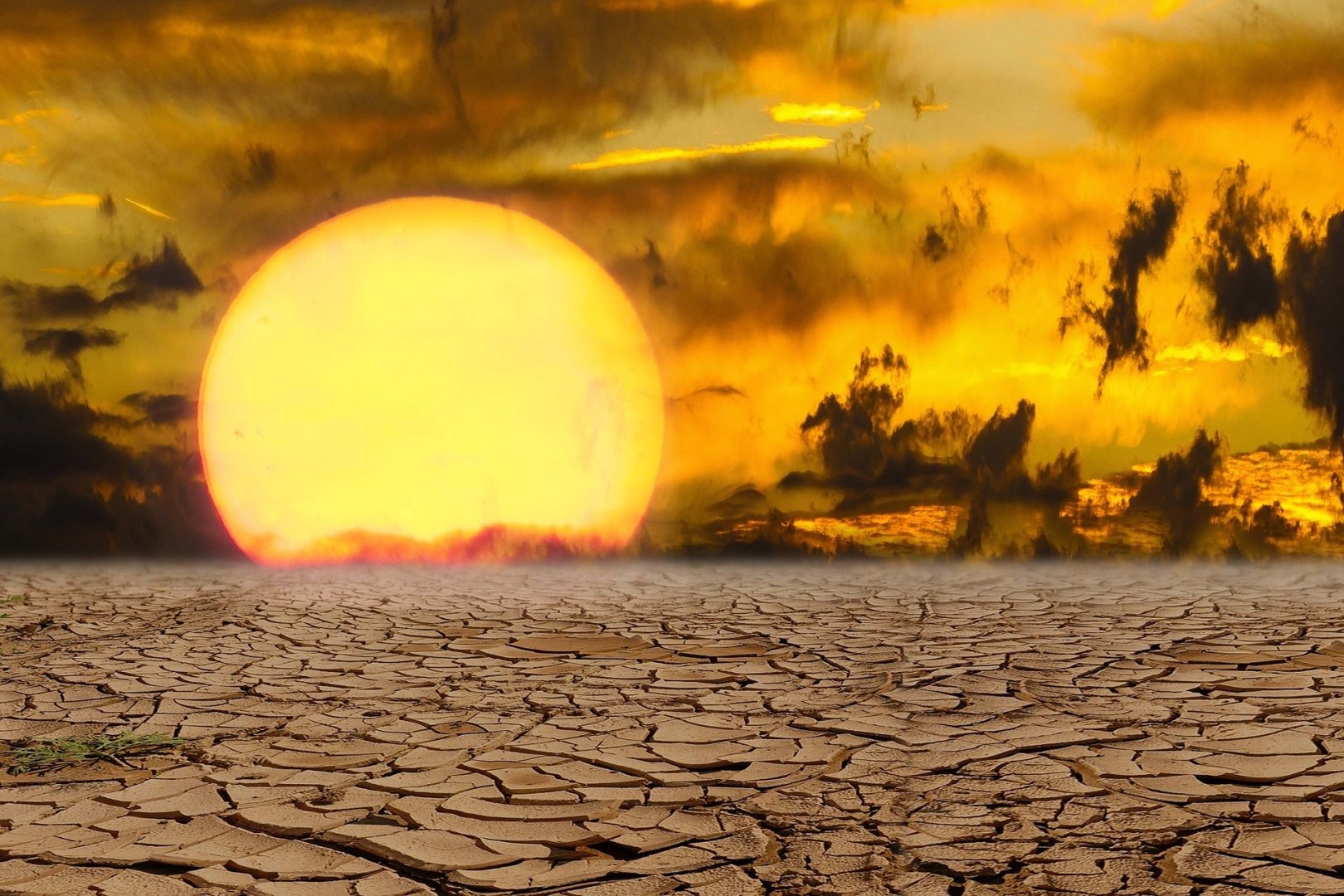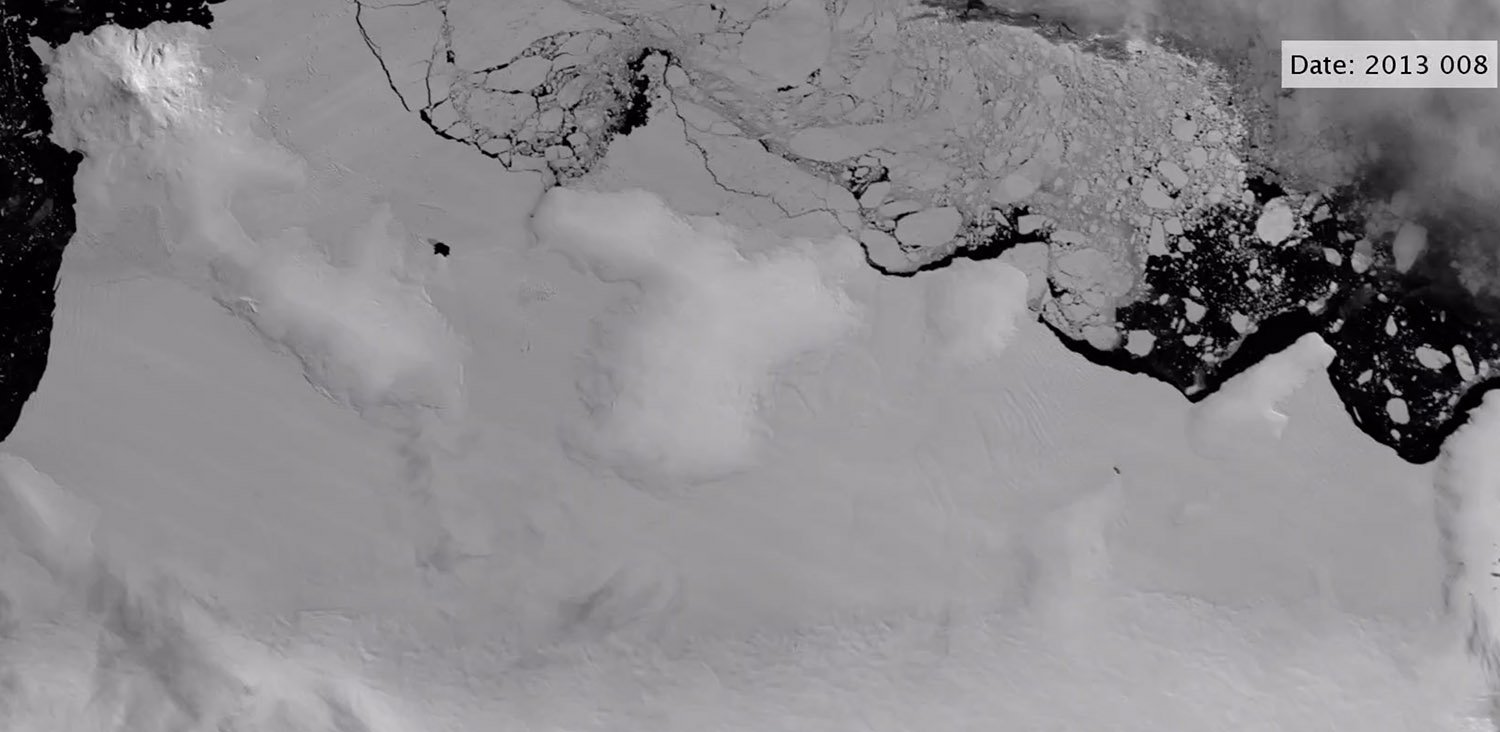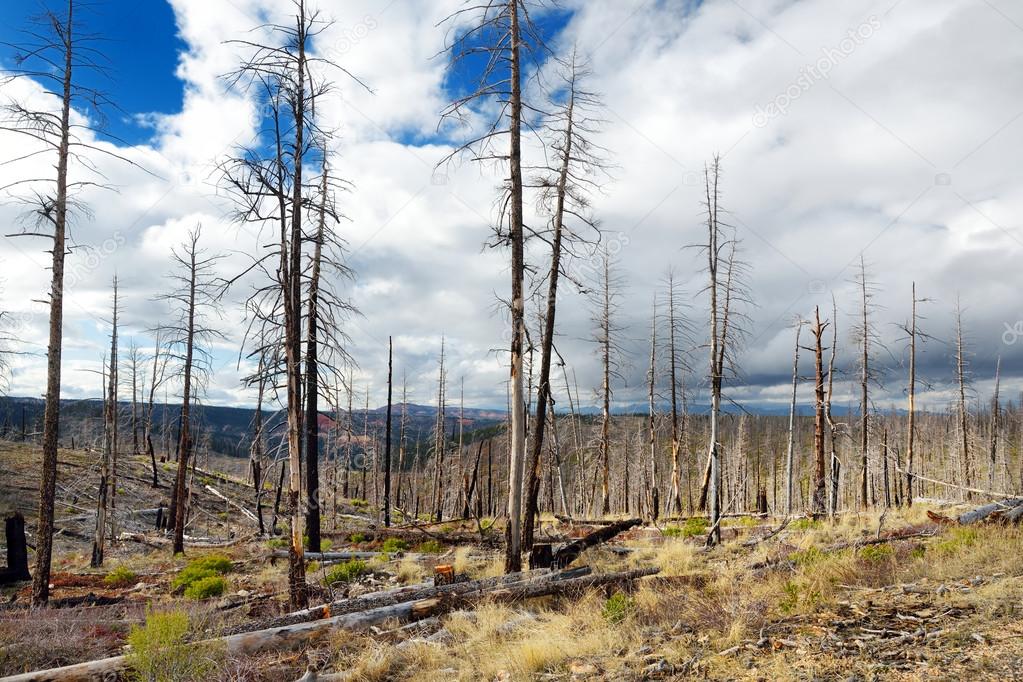Tiny particles lead to brighter clouds in the tropics
When clouds loft tropical air masses higher in the atmosphere, that air can carry up gases that form into tiny particles, starting a process that may end up brightening lower-level clouds, according to a CIRES-led study published today in Nature. Clouds alter Earth’s radiative balance, and ultimately climate, depending on how bright they are. And the … Read more

